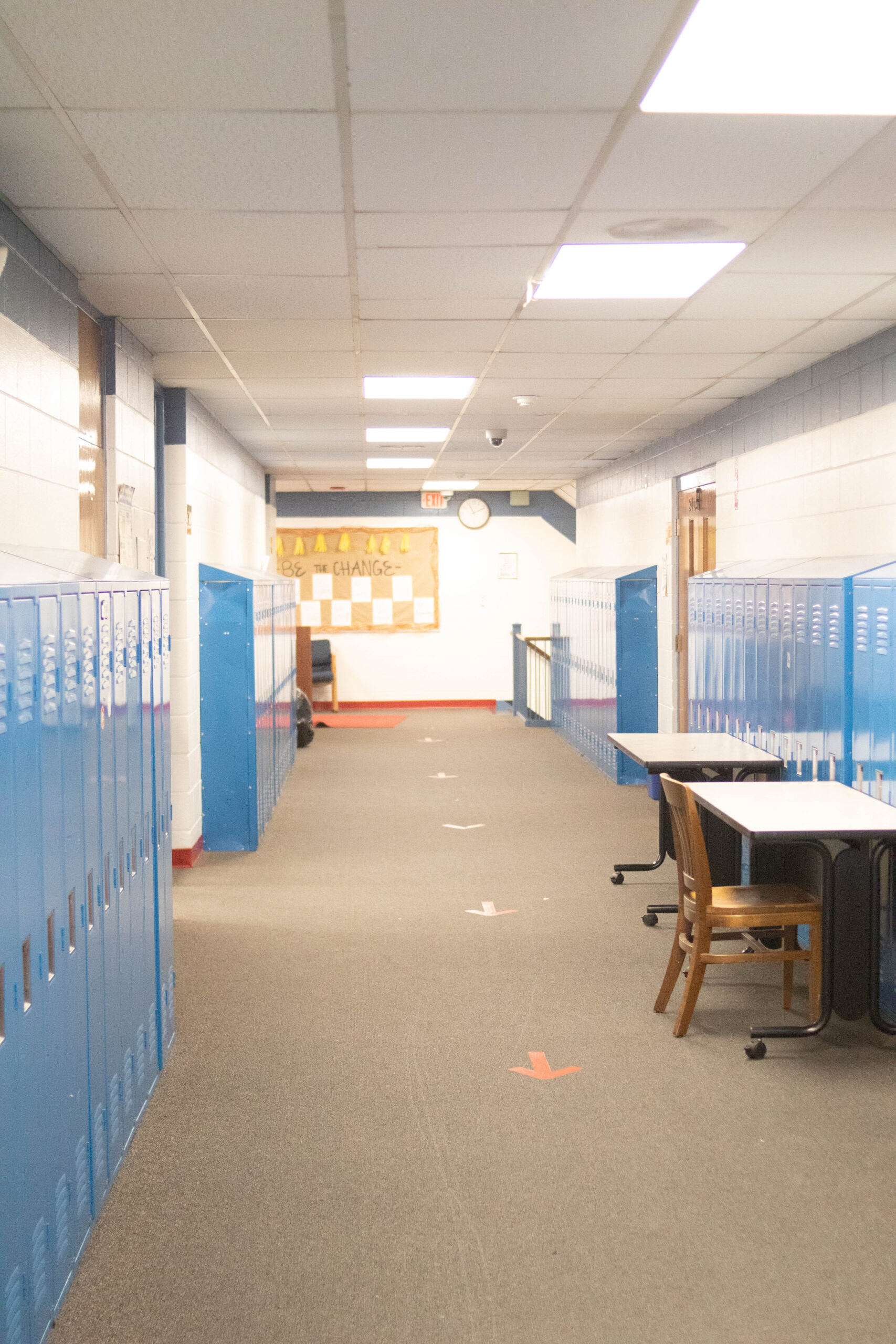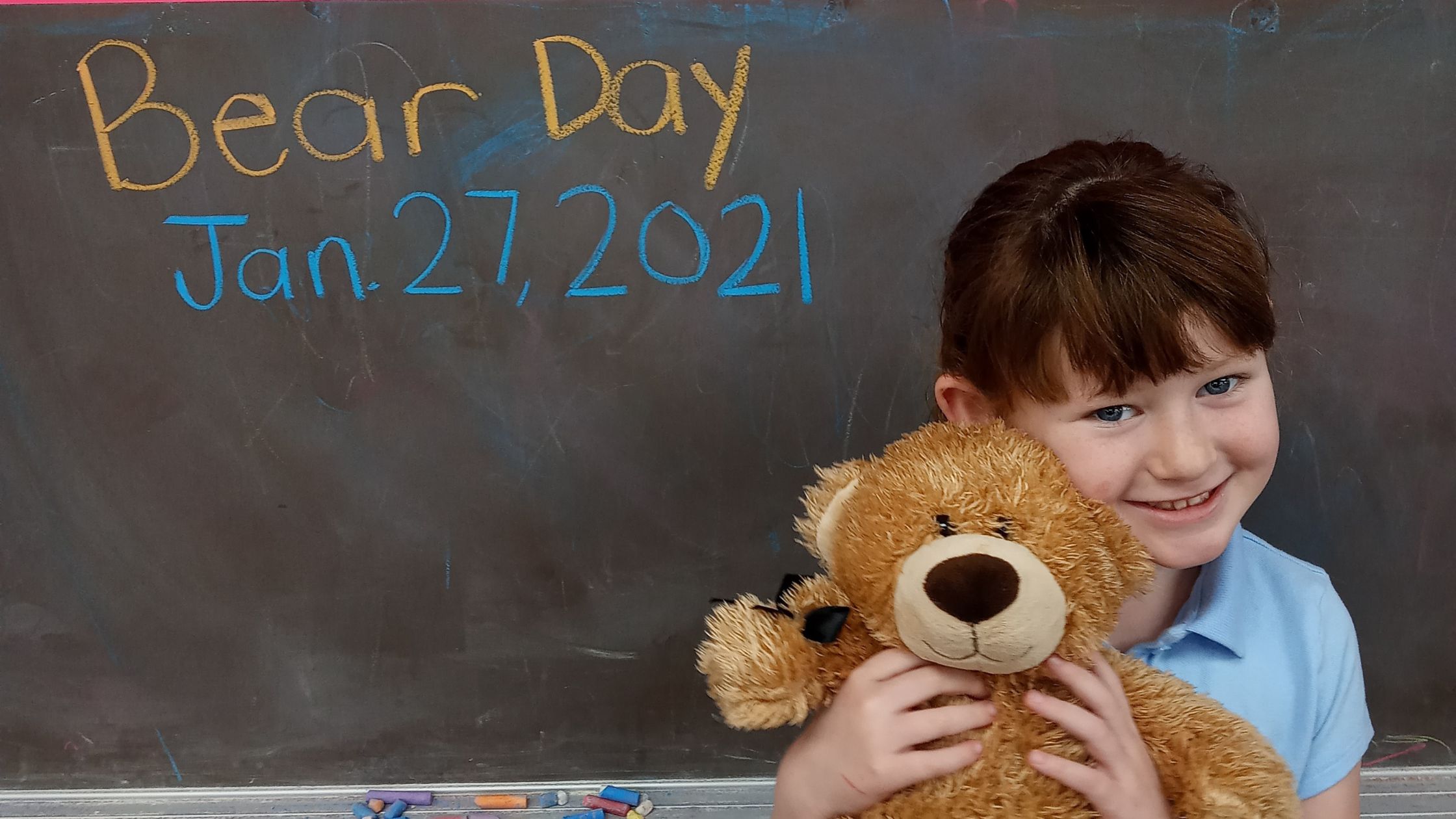In addition to juggling work and family responsibilities, many parents are also responsible for their children’s education. This is because, as we know, school choice is one way that parents can choose the best educational opportunities for their children. While some parents may be unaware of the different types of programs available to them, others may be unsure of which program is the best fit for their family.
School choice programs in the United States come in many different forms. Some programs allow parents to use public funds to pay for private school tuition, while other programs provide tax breaks for businesses or individuals who donate to private school scholarship programs.
In this blog post, we will explore the different types of private school choice programs and discuss their benefits and drawbacks.
What Is School Choice?
School choice is the idea that parents should have the right to choose their child’s school, rather than being assigned to a specific public school based on their home address.
The school choice movement began in 1998 as a way to give low-income parents more options for their children’s education. Since then, the school choice movement has grown to include a variety of private school choice programs.
School Choice In The United States
By making private school options more accessible in the United States, parents can choose the best educational fit for their children, whether it be a traditional public school, a charter school, a magnet school, or a private school.
School choice programs give parents the power to choose the right school for their children, without having to worry about tuition costs or transportation. In some cases, school choice programs may even provide financial assistance to help families cover the cost of tuition.
Types Of School Choice Programs
School choice programs come in many different forms, and each type of program has its own set of benefits and drawbacks.
Voucher Programs
Voucher programs are one type of school choice program. Under a voucher program, parents are given a certain amount of money to put toward their child’s private school tuition.
The amount of money that each family receives is based on the family’s income and the cost of tuition at the chosen private school.
Voucher programs are typically only available to low-income families, and they may have a limited number of vouchers available.
Education Saving Accounts Programs
Under the Education Saving Accounts (ESA) program, parents are given a certain amount of money to put into a savings account that can be used for their child’s education expenses. These funds are then given in the form of a debit card which is then used to pay for private school tuition, books, and other education-related expenses.
A noticeable benefit of the ESA is that it is available for both public school courses and private services.
Scholarship Tax Credit Programs
Only existing in fourteen states, Scholarship Tax Credit Programs (STCPs) are another type of school choice program. Under an STCP, businesses or individuals can receive a tax credit for donating money to a scholarship-granting organization (SGO) that creates the scholarship fund. The money in the scholarship fund is then used to help families pay for their child’s private school tuition or attend out-of-district public schools.
Here at Central Christian Academy, we offer a scholarship tax credit program for our students. Check out our Financial Aid FAQs for more information.
Individual Tuition Tax Credits
Individual tuition tax credits are available in a few states and work similarly to STCPs. The main difference is that the tax credit is given to the parents, rather than businesses or organizations. Parents can then get tax relief from paying necessary school expenses such as tuition, books, and uniforms.
Public Charter, Magnets, and Others
Public charter schools are publicly-funded schools that have more flexibility in their curriculum and teaching methods. They are exempt from some of the regulations that traditional public schools must follow which allows them to receive more applications than they can accept.
Depending on the state, a lottery system may be used to randomly select which students can attend the charter school. Also, since they are publicly funded, families don’t need to use private school choice programs to attend a charter school.
Like charter schools, magnet schools are publicly-funded schools that have the freedom to design their curriculum around a particular theme or focus.
For example, a magnet school may have a focus on STEM (science, technology, engineering, and mathematics) education or the arts.
There are also a few other types of school choice programs, such as home-schooling programs.
Home-schooling is when a child is educated at home by their parents or guardians instead of attending a public or private school. However, this is regulated differently in each state, so some states have more lenient rules about home-schooling than others.
School Choice Program In Indianapolis
Understanding the different private school programs is only the first step. You now need to research what type of school choice program is available in your state or district.
For example, here at the Central Christian Academy, we offer the Indianapolis School Choice Program which helps families pay for their child’s private school education.
If you’re interested in learning more about the Indianapolis School Choice Program or how to apply, please contact us and we’ll be happy to help you.
Learn More About the Indianapolis School Choice Program Today!










